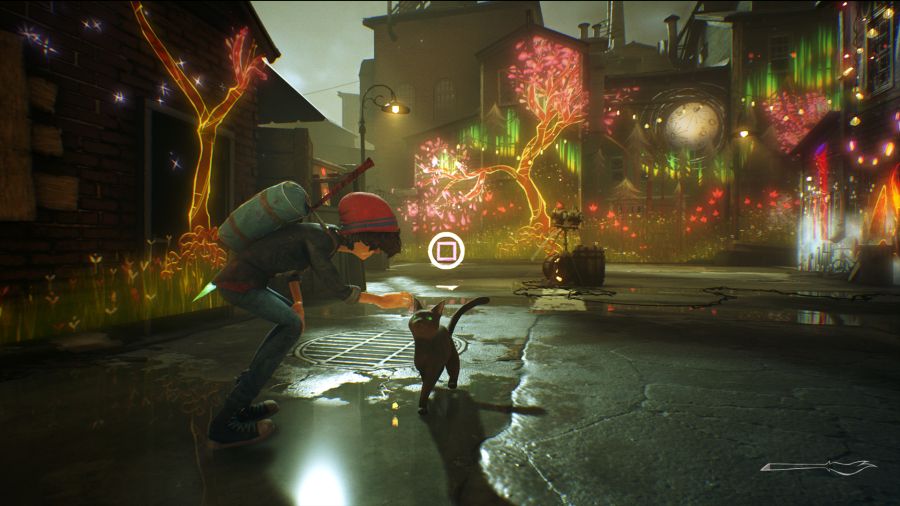


The proposed ordinance will steadfastly maintain the ban on billboards and strengthen its ability to withstand legal challenges by eliminating the definition, and thereby existence, of off-site signs. If Venturi and Scott Brown unleashed a semiotic framework for examining the landscape that allowed an environmental empire of signs to be legitimized in a critical sense, the signage allowance pendulum seems to have now reversed itself in the place of its origins, Los Angeles. This past week the Los Angeles Department of Planning released a draft of the new sign ordinance that will be reviewed by the City Planning Commission before it moves on to adoption or defeat in City Council Chambers in February. In this Babylonic Empire of signs what little sense of the natural that is left, is pretty much diminished by the commercialization of every inch of urban space. In Los Angeles, which has lost control of its visual environment, more and more people experience the presence of these extra-enabled billboards as an assault, yet another sign of private interests trumping the public good. The cacophony of existing and potential environmental information delivery can be exhilarating, if you are in the right mood but more frequently it’s exhausting and contributes to green house gas emissions (especially if you think about all that energy being used to power the digital signs). The stuff of science fiction less then a decade ago, holographic and “smart” billboards already tailor their messages to passing motorists and pedestrians using blue tooth and wireless technologies interacting with mobile phones and personal digital devices. In the very near future, LED arrays mounted in the window walls of buildings will turn night skies into pulsing fields of light pollution.

Yet giant wraps and digital billboards that change messages every four to six seconds distract drivers, ramp up danger of vehicular collisions at intersections, obscure views and provide undesired night lighting in the bedrooms of residences hundreds of feet away. One company with its roots in Los Angeles, SkyTag, claims their supergraphic wraps are so big they can be seen from space. Giant whole-building vinyl supergraphic wraps, obscure skyscrapers and warehouses. As the lawsuits pass back and forth, the technology of outdoor advertising evolves, presenting new visual challenges for communities and endless opportunities for commercially bent designers.


 0 kommentar(er)
0 kommentar(er)
